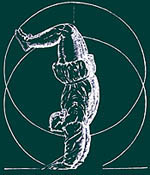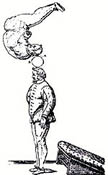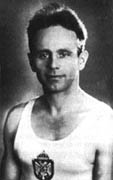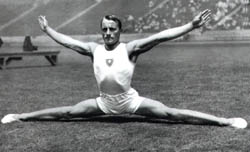
The floor exercise developed out of the free exercise with our without hand apparatus which was a fixture at competitions for a long time. A 1923 'Memorandum' which made suggestions for (world championships) tournaments regulations called for the acceptance of the free exercises as being equal to the exercises on the apparatus for the first time in history. Yet an individual artistic floor exercise -both compulsory and optional- would not be included in competitions until the 1930 World Championships in Luxembourg, where it replaced the mass demonstrations.






